Supermassive, Intermediate & Stellar Mass Black Holes, White Dwarfs, Neutron Stars, Pulsars, Tidal Disruption Events
Image Credit: Aaron Geller/CIERA
Supermassive black holes at the centers of galaxies, elusive intermediate mass black holes, and dead stars in the form of black holes, neutron stars, or white dwarfs, are the densest objects in the Universe. They are central players in much of modern astrophysics, but we have only been aware of and studying these objects for less than a century. Our observational record is less than five decades long. As such, there are still many unanswered questions about how these systems form and evolve over cosmic time. CIERA is home to a broad group of researchers in theory, simulation, and observation that study these exotic objects.
Research at CIERA
Few things in the Universe are as dramatic as the death of a star. Transient events like supernovae, gamma ray bursts, and tidal disruptions of stars encountering massive black holes, are all astoundingly bright and carry information about the star that died, how it tore itself apart, and the fragments that remain.
Professor Fong observes short gamma ray bursts to learn about the neutron star and black hole mergers that give rise to these intense explosions.
Professor Miller observes Type Ia supernovae to understand the conditions and environments under which white dwarf stars explode.
Opportunities
Deadline: 11:59pm, December 31, 2025
CIERA supports a wide range of interdisciplinary projects focused on research, education, and public outreach in Astrophysics. Our faculty and postdocs work on projects that couple astronomy and astrophysics analysis with many other disciplines: computer science, applied math, planetary sciences, electrical engineering, mechanical engineering, data science, science education, and more. Many have hired/mentored undergraduate researchers
News
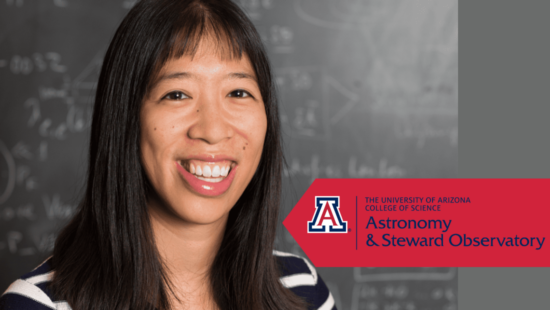
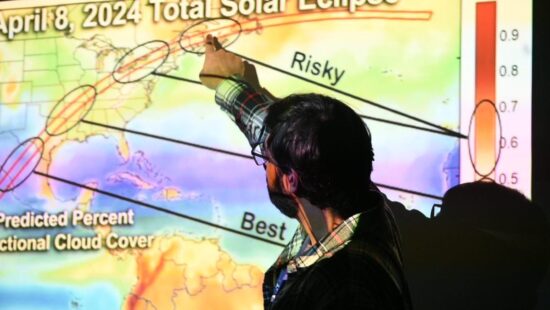


Gallery
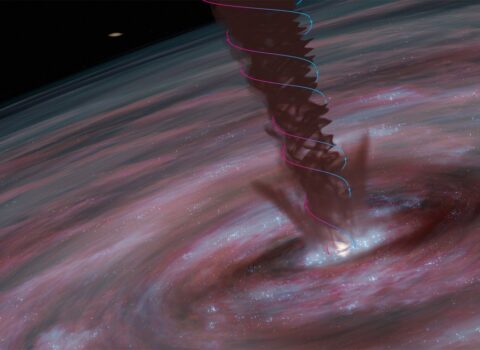
Dense, swirling winds help supermassive black holes grow
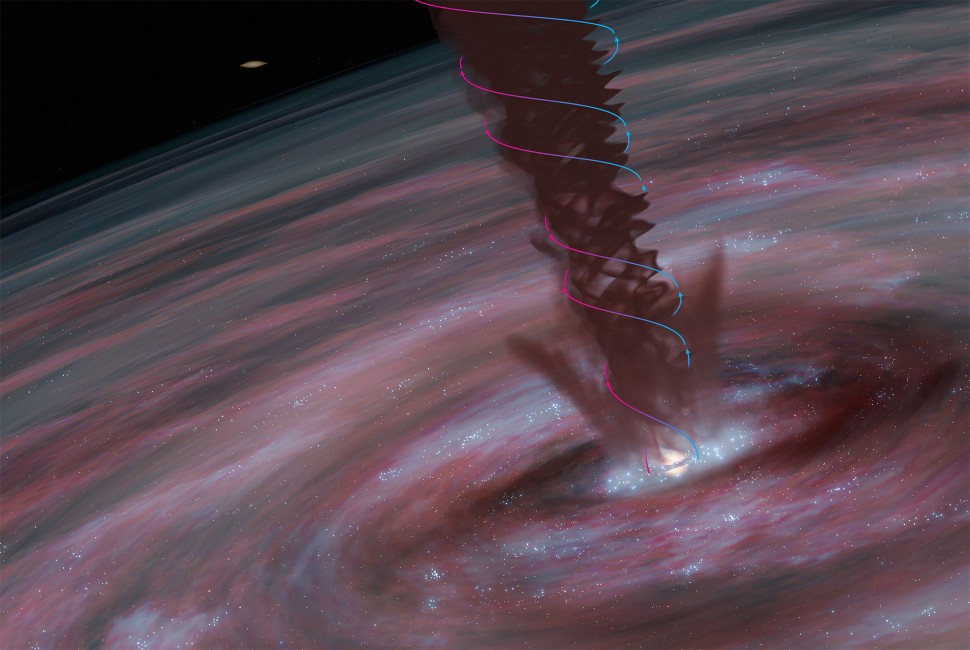
Dense, swirling winds help supermassive black holes grow
By studying nearby galaxy ESO320-G030, a team of international astronomers led by CIERA Postdoctoral Fellow Mark Gorski has discovered extremely dense and powerful rotating, magnetic winds help the galaxy’s central supermassive black hole grow. This image, created by CIERA Professor Aaron Geller, depicts this phenomenon. The process is strikingly similar to the birth of new
M. D. Gorski/Aaron M. Geller
- Science
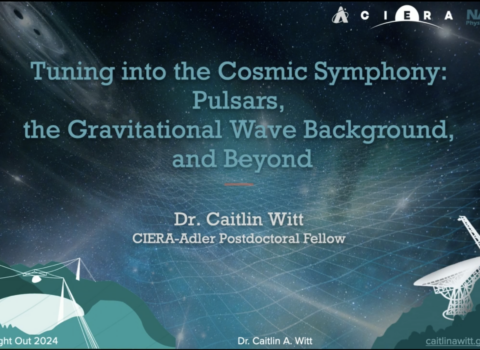
3rd annual Astronomy Night Out – “Tuning into the Cosmic Symphony: Pulsar Timing, the Gravitational Wave Background, and Beyond”
3rd annual Astronomy Night Out – “Tuning into the Cosmic Symphony: Pulsar Timing, the Gravitational Wave Background, and Beyond”
On Friday, May 17, 2024, CIERA welcomed 170 in-person and 25 remote participants to its 3rd annual Astronomy Night Out, an evening dedicated to sharing astronomy with the community through a variety of formats. The keynote public lecture was presented by CIERA-Adler Postdoctoral Fellow Caitlin Witt and entitled, “Tuning into the Cosmic Symphony: Pulsar Timing, the Gravitational Wave
- Outreach,
- Event,
- Education

Black holes eat faster than previously expected
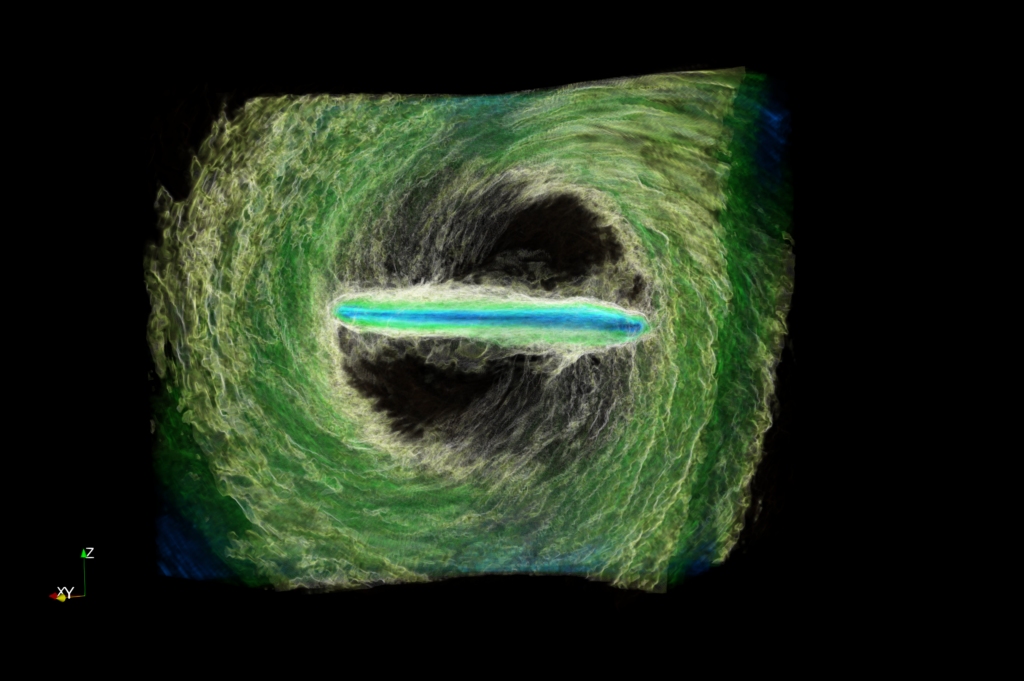
Black holes eat faster than previously expected
Simulated image of an accretion disk, the violent whirlpool of gas that encircles a supermassive black hole, broken apart into inner and outer rings. According to new high-resolution 3D simulations, spinning black holes twist up the surrounding space-time, ultimately ripping apart the violent whirlpool of gas (or accretion disk) that encircles and feeds them. This
A. Tchekhovskoy/Nick Kaaz/Northwestern University
- Science
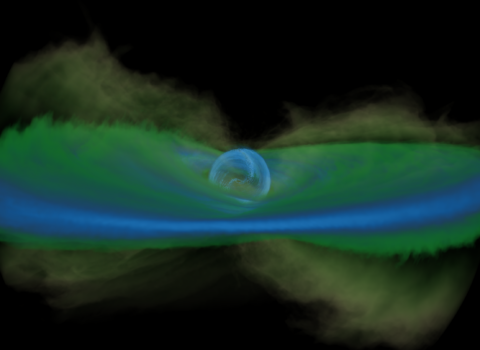
Black holes eat faster than previously expected
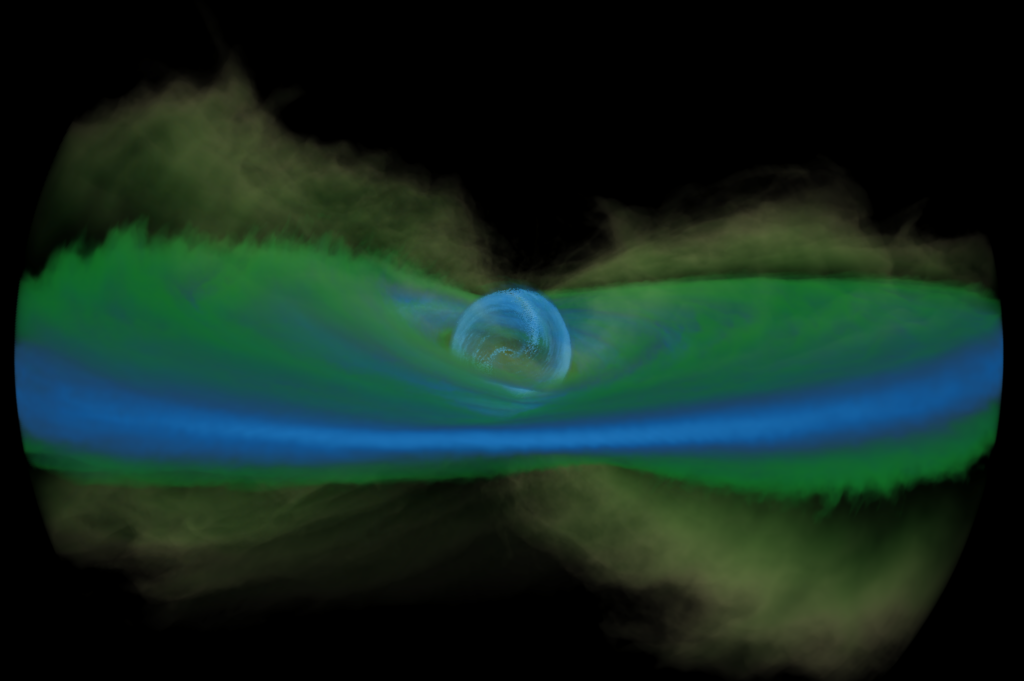
Black holes eat faster than previously expected
Simulated image of an accretion disk, the violent whirlpool of gas that encircles a supermassive black hole, broken apart into inner and outer rings. According to new high-resolution 3D simulations, spinning black holes twist up the surrounding space-time, ultimately ripping apart the violent whirlpool of gas (or accretion disk) that encircles and feeds them. This
A. Tchekhovskoy/Nick Kaaz/Northwestern University
- Science

Black holes eat faster than previously expected
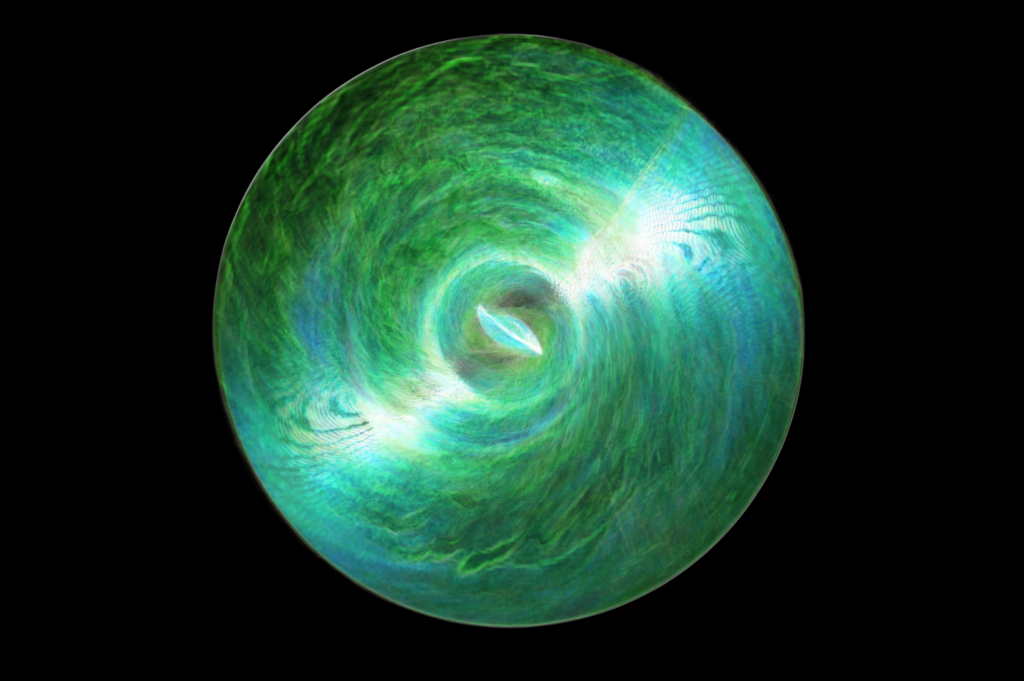
Black holes eat faster than previously expected
Simulated image of an accretion disk, the violent whirlpool of gas that encircles a supermassive black hole, broken apart into inner and outer rings. According to new high-resolution 3D simulations, spinning black holes twist up the surrounding space-time, ultimately ripping apart the violent whirlpool of gas (or accretion disk) that encircles and feeds them. This
A. Tchekhovskoy/Nick Kaaz/Northwestern University
- Science

Black holes eat faster than previously expected
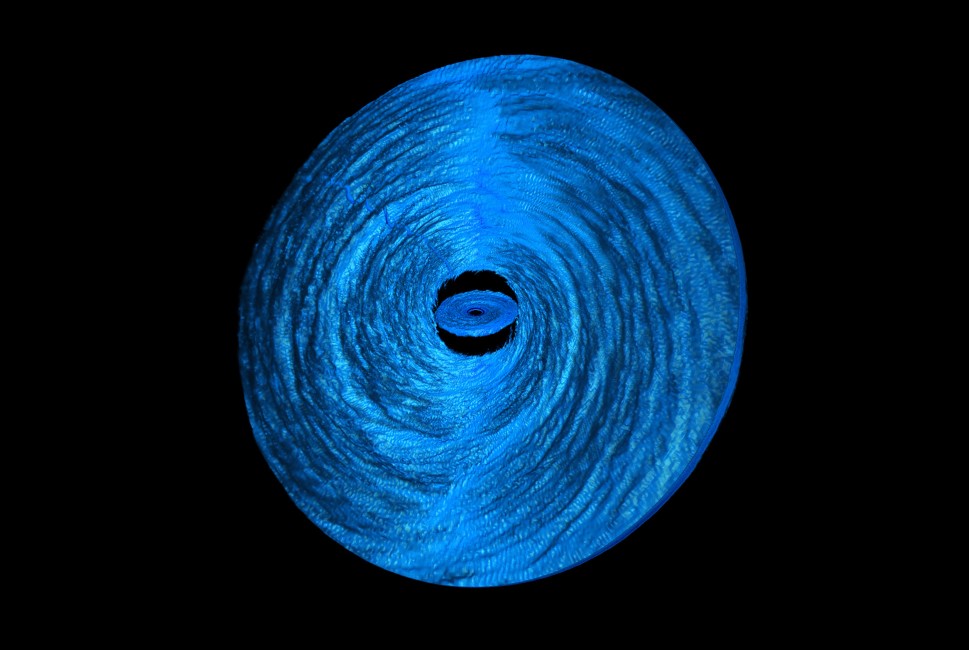
Black holes eat faster than previously expected
Simulated image of an accretion disk, the violent whirlpool of gas that encircles a supermassive black hole, broken apart into inner and outer rings. According to new high-resolution 3D simulations, spinning black holes twist up the surrounding space-time, ultimately ripping apart the violent whirlpool of gas (or accretion disk) that encircles and feeds them. This
A. Tchekhovskoy/Nick Kaaz/Northwestern University
- Science
People
Core Faculty
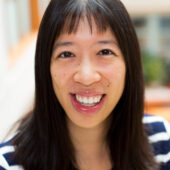

Vicky Kalogera
Daniel I. Linzer Distinguished University Professor, Director of CIERA

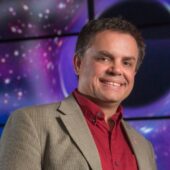
Shane L. Larson
Research Professor, Associate Director of CIERA
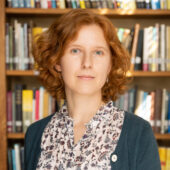
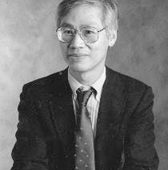
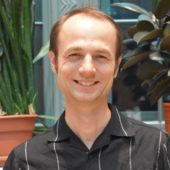


External Faculty


Diego Muñoz
Visiting Scholar, Professor at University of Arizona
Postdocs






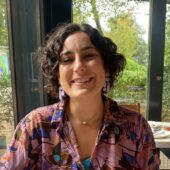



Research Staff

Graduate Students

























